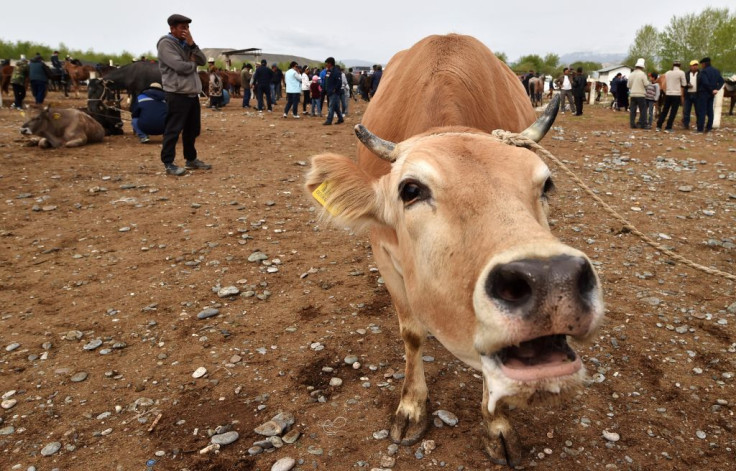Humans Constitute Tiny Portion Of Earth's Life, But Have Destroyed Lots More

A new study assessing the mass distribution of all kingdoms of life on Earth revealed that humans make up a very small portion of life, but have destroyed most of the plants and animals on the planet.
The comprehensive estimate, ascertained in terms of carbon content, suggests plants make up most of the life on Earth at 82 percent, followed by bacteria at 13 percent. The remaining five percent goes to fish, fungi, bugs, and animals, including humans.
According to a report in the Guardian, in this five percent, the biomass of all animals is around 2 Gt C (gigatonnes of carbon) and humans occupy a very small portion of it at 0.06 Gt C. This is just 0.01 percent of all of life on Earth and suggests humans are very insignificant in comparison to animals or viruses or worms that weigh three times more than humans, fish that weigh 12 times more, or fungi that are 200 as more as Homo sapiens.
But, here is the thing — despite appearing puny in weight measures, humans alone have wiped out nearly half of the plant species and 83 percent of wild mammals that lived on the planet since the beginning of civilization, leaving only a major chunk of livestock, mainly cattle and pigs, for consumption.
If the latest estimates are to be believed, livestock makes up 60 percent of all the mammals living on the planet, followed by humans at 36 percent. This makes up 96% of all mammalian life on the planet, leaving wild mammals to just four percent. “I would hope this gives people a perspective on the very dominant role that humanity now plays on Earth,” Ron Milo, the lead researcher behind the work, told The Guardian.
The same, as the report suggested, is the case for bird life, with domesticated or farmed poultry being nearly three times more than wild birds. “It is pretty staggering,” Milo added. “In wildlife films, we see flocks of birds, of every kind, in vast amounts, and then when we did the analysis we found there are [far] more domesticated birds.”
Before humans turned to farming and the industrial revolution started, animal habitats would have looked very different. However, the destruction of wild mammals and the domestication of livestock have triggered major changes and brought us face to face with what scientist say is the sixth mass extinction event to occur ever since life came to be on Earth. “It is definitely striking, our disproportionate place on Earth,” Milo told The Guardian. “When I do a puzzle with my daughters, there is usually an elephant next to a giraffe next to a rhino. But if I was trying to give them a more realistic sense of the world, it would be a cow next to a cow next to a cow and then a chicken.”
The study, titled “The biomass distribution on Earth,” was published May 21 in the journal PNAS.
© Copyright IBTimes 2024. All rights reserved.





















